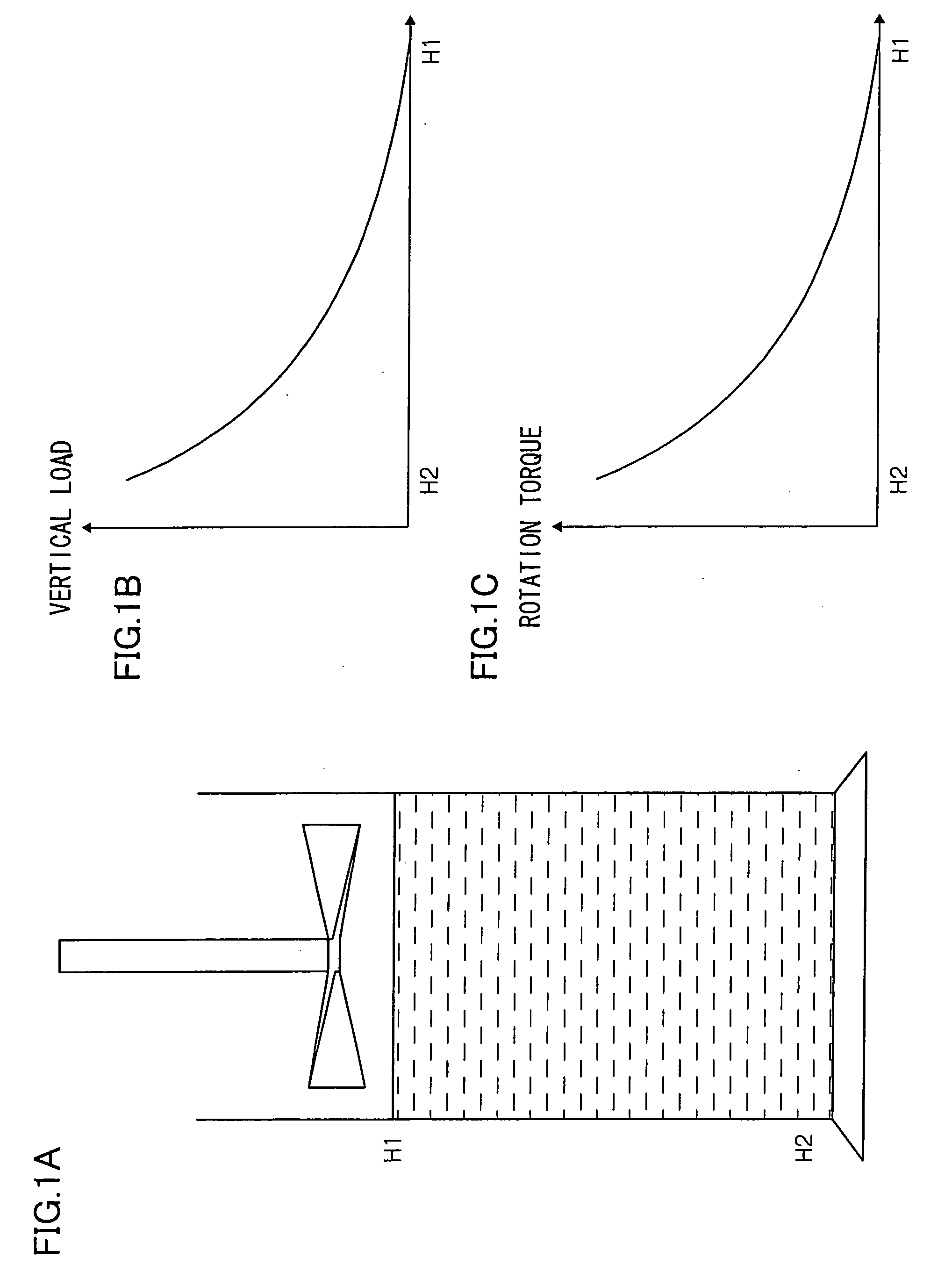Carrier and developer for electrostatic image development, and image formation method and apparatus
a carrier and electrostatic image technology, applied in the field of carrier and developer for electrostatic image development, can solve the problems of carrier breakage, insufficient fluidity, and inability to prevent complete carrier breakage, etc., to achieve the effect of increasing the fluidity of the carrier, suppressing the adhesion of an external additive, and stabilizing charge and/or resistan
- Summary
- Abstract
- Description
- Claims
- Application Information
AI Technical Summary
Benefits of technology
Problems solved by technology
Method used
Image
Examples
example 1
[0276] Ferrite particles (including Cu—Zn and having a density of 4.5 g / cm3, a volume average particle diameter of 35 μm, and a shape factor SF1 of 125) are classified with an elbow-jet device (Product No. EJ-LABO manufactured by Nittetsu Mining Co., Ltd.) at cut points of 25 μm and 45 μm to remove powder and coarse powder and to obtain core particles to be coated.
[0277] Regarding the particle diameter distribution of the obtained core particles to be coated, the particle size distribution index at a coarse particle side (D84V / D50V) is 1.18, and the particle size distribution index at a particle size (D50P / D16P) is 1.20, and the volume average particle diameter is 37 μm, and the shape factor SF1 is 124.
[0278] Twenty parts by mass of a toluene solution (solid content of 15 parts by mass) of styrene-methyl methacrylate copolymer (weight-average molecular weight of 80,000) is added to 100 parts by mass of the core particles to be coated. The resultant mixture is stirred by a batch-ty...
examples 2 to 4
[0283] Carriers (2) to (4) are produced in the same manner as in Example 1, except that the number of repeated times of the powder / coarse powder removal treatment conducted with the elbow-jet device to obtain a carrier coated with a resin is changed from three to a value within the range of 2 to 5. The total energy amount of each of the carriers (2) to (4) is shown in Table 1.
example 5
[0284] Ferrite particles (including Cu—Zn and having a density of 4.5 g / cm3, a volume average particle diameter of 35 μm, and a shape factor SF1 of 120) are classified with the elbow-jet device at cut points of 22 μm and 45 μm to remove powder and coarse powder and to obtain core particles to be coated.
[0285] Regarding the particle diameter distribution of the obtained core particles to be coated, the particle size distribution index at a coarse particle side is 1.18, and the particle size distribution index at a particle size is 1.20, and the volume average particle diameter is 37 μm, and the shape factor SF1 is 118.
[0286] Sixty parts by mass of a toluene solution (solid content of 5% by mass) of methyl methacrylate-perfluorohexyl acrylate copolymer (having a copolymerization rate of the former monomer to the latter monomer of 80 / 20, and a weight-average molecular weight of 50,000, and manufactured by Sanyo Chemical Industries Ltd.) and 10 parts by mass of a toluene solution (sol...
PUM
 Login to View More
Login to View More Abstract
Description
Claims
Application Information
 Login to View More
Login to View More - R&D
- Intellectual Property
- Life Sciences
- Materials
- Tech Scout
- Unparalleled Data Quality
- Higher Quality Content
- 60% Fewer Hallucinations
Browse by: Latest US Patents, China's latest patents, Technical Efficacy Thesaurus, Application Domain, Technology Topic, Popular Technical Reports.
© 2025 PatSnap. All rights reserved.Legal|Privacy policy|Modern Slavery Act Transparency Statement|Sitemap|About US| Contact US: help@patsnap.com



